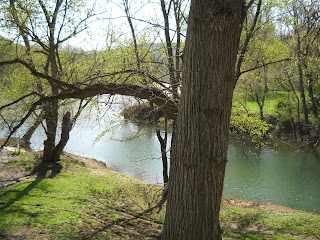You may purchase the album by sending $12 (shipping is included) to shirleystewartburns@yahoo.com using your PayPal account. Just make sure you mention somewhere in the payment that it is for Long Time On This Mountain.
For more information about Long Time On This Mountain: The Songs of Shirley Stewart Burns, please visit (and like) the Long Time On This Mountain Facebook page.
Long Time On This Mountain: The Songs of Shirley Stewart Burns is the latest release of my wife Shirley's original music. Due to a rare form of lung disease, Shirley's beautiful voice was silenced in the prime of her life, but her songs live on and continue to inspire music lovers from around the globe. Shirley continues to write songs about life and living in Appalachia. Each song on this album was performed by various professional musicians from throughout the Appalachian region, and was produced by the expert hand of West Virginia University School of Music professor, Dr.Travis Stimeling.
As Dr. Stimeling said of Shirley and her music: "Shirley Stewart Burns is a songwriter and historian from Wyoming County, West Virginia. Born in the heart of the state's southern coalfields, Burns's songs embrace the full range of musical traditions that she heard during her youth, from traditional Appalachian balladry to southern gospel and from bluegrass to commercial country. Burns's songs conjures the stories of the many people who have lived and worked in the region."
I think all of the readers of this blog will definitely enjoy this album.
















